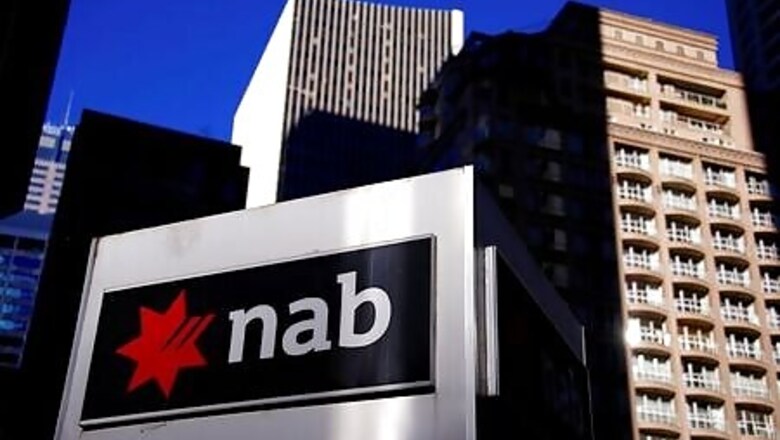
views
SYDNEY National Australia Bank Ltd on Friday urged customers at high risk of default on their loans to sell their properties sooner rather than later, as it reported ballooning credit impairment charges during the quarter.
Property prices in Australia fell for a third straight month in July but home prices nationwide still stand about 7% higher than in the corresponding month last year.
In a briefing after a filing that showed cash profit for the three months to June 30 fell 6.1% to $1.11 billion, NAB Chief Executive Ross McEwan said some customers hit by the coronavirus pandemic should consider selling before prices fall.
“Every reasonable step will be taken to keep people at homes,” McEwan told reporters in the call.
“But we all know that there will be some circumstances where people are better off selling out early and taking some equity out of their homes or keeping some equity before it disappears.”
The former boss of Royal Bank of Scotland added, “We’ve seen that in other crises around the world when people try to hold on and end up walking away with nothing.”
The bank gave a breakdown of customers granted a loan holiday period to help cope with the pandemic. Since April, the bank has seen deferrals rise 12% to A$56 billion ($40 billion), or about 12% of homeloan customers and 15% of business loans.
The Melbourne-based lender seemed less confident in its assessment of how customers would cope with looming repayments than larger rival Commonwealth Bank, which said this week it expected the majority of its roughly 195,000 customers on loan holidays to be able to start repaying.
“I think we’ll hold our views on this until we’ve done a lot more of the callbacks,” McEwan said, referring to customers. He added that the bank had recently started talking to business customers too.
Australia’s biggest business lender said delinquencies had risen among customers not on the deferral scheme, with bad debt charges of A$570 million booked during the quarter, up from A$247 million last year.
NAB expects very challenging conditions in the short term, with unemployment seen above 11% this year before recovering next year to support a strong economic recovery by 2022, it added.
Cash profit fell to A$1.55 billion, down from last year’s A$1.65 billion.
($1=1.4013 Australian dollars)
Disclaimer: This post has been auto-published from an agency feed without any modifications to the text and has not been reviewed by an editor


















Comments
0 comment